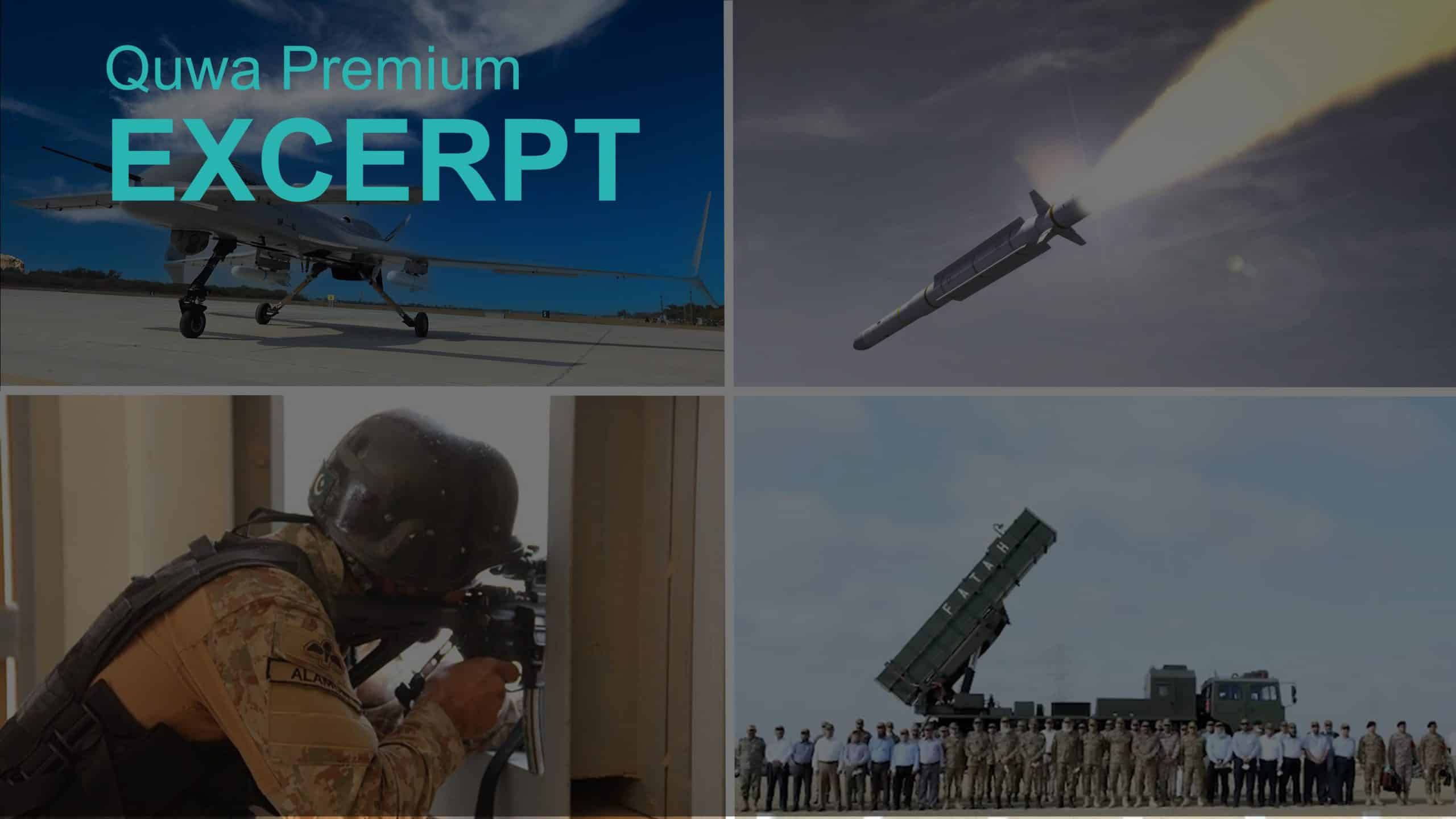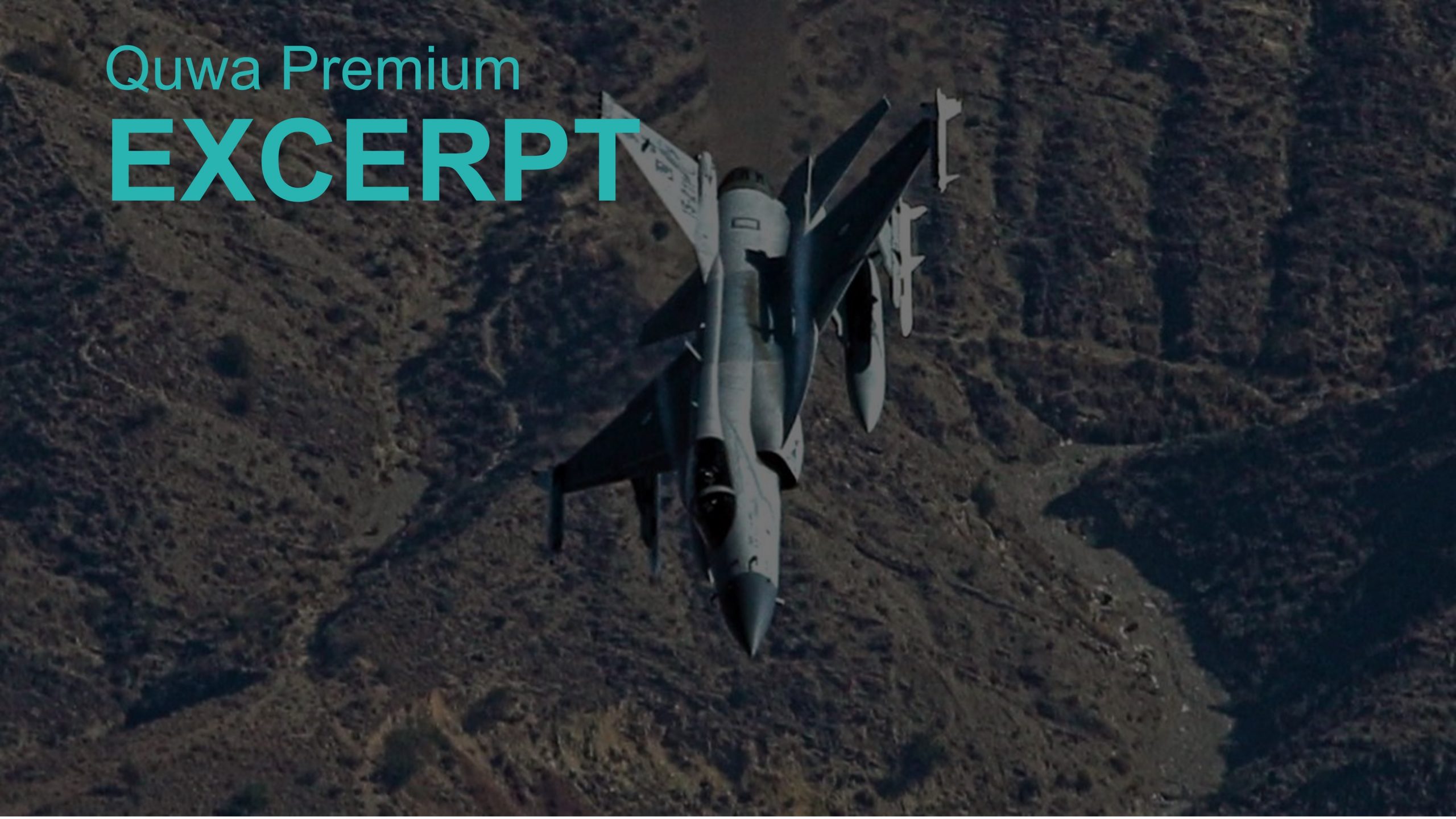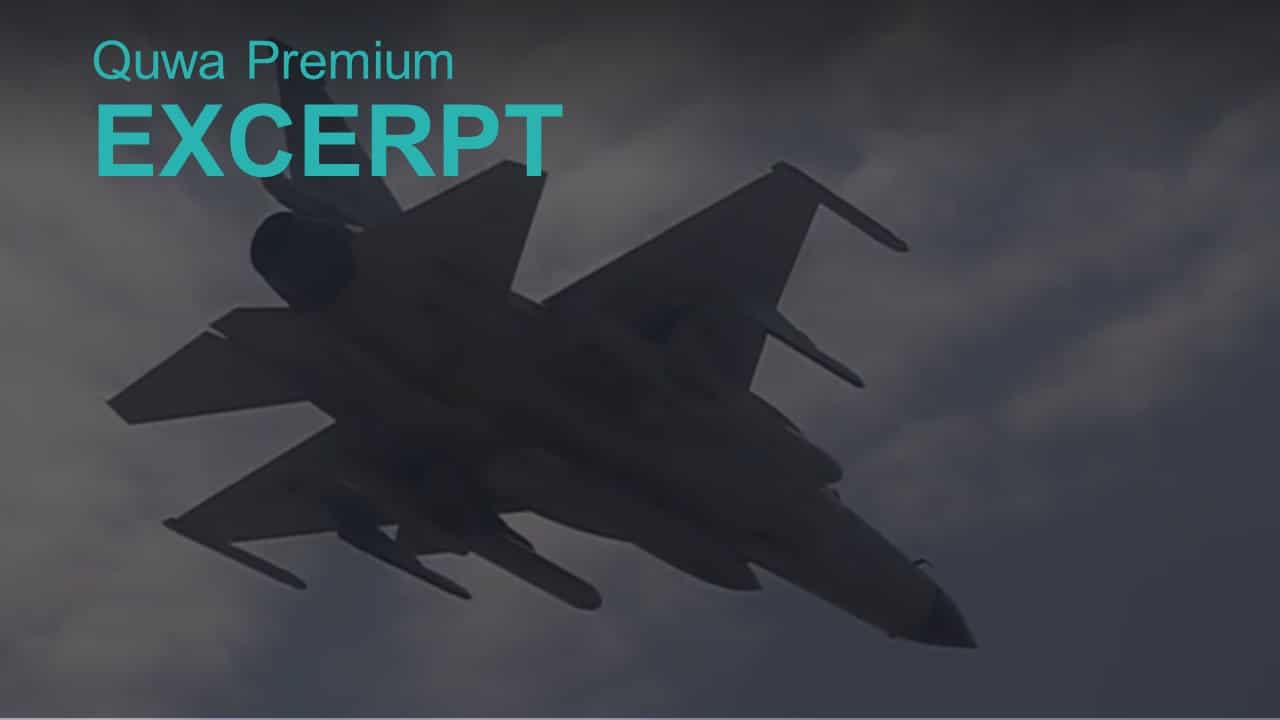2276Views

Lessons from Ukraine: How Pakistan Can Fine-Tune its A2/AD
One salient lesson of the Russia-Ukraine War is that conventional, state-versus-state war can manifest in different forms. Traditionally, in South Asia, defence planners (especially on the Pakistani side) were more accustomed to the prospect of a quick conflict spanning several weeks. Regardless of who would “win” or “lose” in such a war, the two sides – and the international community – would settle it in the short-term.
However, when one or both sides refuse to give up on their strategic aims, such a conventional war could endure for a markedly longer period of time, potentially many months.
Granted, Russia might blame the sanctions and other external pressures for prolonging the war. Likewise, Ukraine will credit the support it received from the West for fortifying its continued stand. But in the end, when the two warring sides are closer in their overall military capabilities (than further away), the ability to achieve strategic goals (be it to annex territory or reclaim it) become substantially more difficult.
In the recent weeks of this war, Russia is finding that Ukraine’s anti-access and area-denial (A2/AD) profile is becoming a serious obstacle to preserving, much less solidifying, its gains. Ukraine’s A2/AD capabilities currently center on the deployment of precision-guided rockets, drones, and surface-to-air missile (SAM) systems. This is combined with a well-trained and increasingly well-equipped infantry capable of disabling and, potentially, capturing enemy equipment through ambushes and air/artillery-coordinated attacks.
For Pakistan, Ukraine’s wartime experiences are valuable lessons for fine-tuning its own A2/AD capability set, especially across the guided artillery, drone, air defence, and infantry domains. Moreover, with the exception of air defence technologies, none of these areas are beyond the capacity of Pakistan’s domestic defence industry. With the right investment, Pakistan can greatly improve its capabilities across these key domains, and it can do so at a feasible cost by smartly leveraging domestic production.
This is not to say that investing in these areas would lessen the need for multirole fighters, tanks, or other conventional arms. Rather, by investing in these areas, Pakistan could create enough of a supporting edge to optimize or enhance the effect of its marque conventional assets. In other words, it can get more out of what it already has, even if fiscal constraints prevent it from acquiring enough of those important – but also high-cost – assets, like the J-10CE multirole fighter or VT4 main battle tank (MBT)…
End of Excerpt (392/1,503 words)
You can read the complete article by logging in (click here) or subscribing to Quwa Premium (click here).
For more Pakistan defense news and analysis, see:


